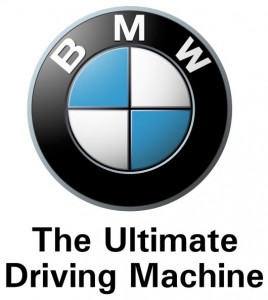“Products are made in the factory, but brands are created in the mind.”
I’m going to pause for a moment in awe of this quote.
On Quora recently, I was intrigued by the many and various answers to this seemingly simple question: What is a brand? It’s a question that seems to inspire much confusion. Because of this, I like to ask it to clients at workshops.
What is a brand? It’s a question that seems to inspire much confusion.
The most common answer given is actually a pretty good wrong answer: “It is everything that you do. Everything that you are.” or some variation on this. This is a good answer because it is not “A brand is your logo and your identity.” But this is still a wrong answer as far as I am concerned, because it’s a definition that is only going out from the organization, and while that is important, it ignores the most important fact of a brand—the part that Walter Landor so concisely and eloquently nails in his quote—the ultimate possessor of your brand is the consumer. They create your brand from their experience of you.
Your brand’s moment of completion—its true interface with the world—is inside each of your brand consumer’s minds.
So your “everything that we do” is the raw material of the brand, but it’s not the finished product. Your brand’s moment of completion—its true interface with the world—is inside each of your brand consumer’s minds. And at the end of the day, you can only exert a rather tenuous control over that. It is for this reason that consistency and clarity are so critical. Well-expressed and consistently applied brands can be incredibly tenacious and powerful, even controlling.
Brand power

This slogan began to be used by BMW in the 1970’s. So they have been applying this brand idea consistently for nearly 40 years.
The message certainly sunk in with my friend. When he got out of college and could afford it, what car did he buy? A BMW.
Now, the interesting thing is what happened then. That car, it turned out, had lots of mechanical problems. It was often in the shop and cost him a lot of money to maintain. So he eventually sold it.
What car did he buy next? Another BMW.
That car, it turned out, was a dog.
He told me that ultimately he went through five different BMWs over the course of many years. Three of these were, as he put it, “dogs,” and yet he kept returning to the brand. I suspect that if the brand idea for BMW had been reliability instead of driving, he would have weaned himself of this brand addiction much earlier.
This story illustrates the emotional power of a brand, and that it can and does drive behavior (ahem). The truth of BMW’s assertion that its cars are driving machines was never actually undermined by the cars my friend bought. And so, despite other significant problems, he remained loyal to that brand for many years. By consistently communicating a true brand idea—that BMWs are fun to drive—they were able to capture and hold his loyalty. So BMW’s US marketing program has done a great job of positioning their brand around driving, not safety (Volvo), reliability (Toyota), prestige (Mercedes Benz), fun (Volkswagen), adventure (Range Rover). You get the idea.
I suspect that if the brand idea for BMW had been reliability instead of driving, he would have weaned himself of this brand addiction much earlier.
That said, while brand managers can exert powerful controls over consumer behavior, they cannot drive the ultimate control.
My friend now has an Audi.
Do you need an affordable way to improve your brand today?
Because we know that not everyone needs or can afford our full process, we created a guided tutorial package for our foundational brand strategy tool: the Brand Pyramid. Watch the video for a preview.
For more information on the brand strategy tutorial, visit here where you will find a fuller explanation and link to a free download of the first video.



Ask for help.
We are kind, thorough and ready when you are. You just need to ask.